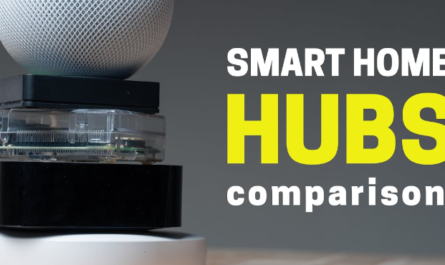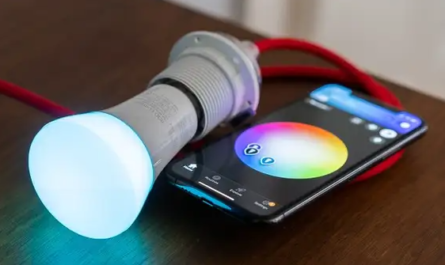Starting a smart home can be an exciting journey into the world of convenience, security, and energy efficiency. This beginner’s guide aims to introduce you to essential gadgets that will help you embark on this adventure, making your home smarter, safer, and more comfortable. The world of smart home technology can be overwhelming at first, but with the right information, you’ll find it both accessible and immensely rewarding.
Introduction to Smart Home Technology
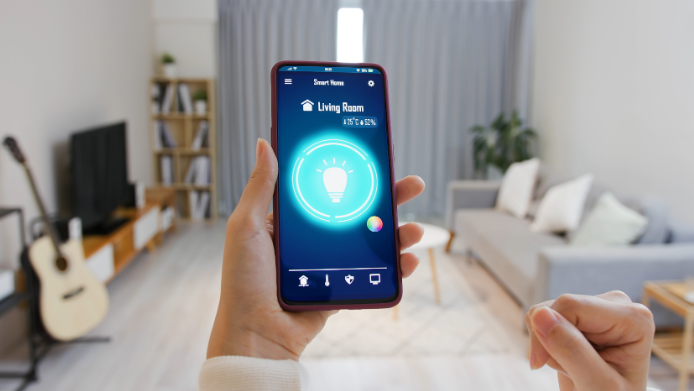
The concept of a smart home revolves around the use of interconnected gadgets and devices that communicate over a network, usually the internet, to automate and enhance various home functions. These range from lighting and heating to security and entertainment systems. The primary goal is to create a living environment that is more responsive to your needs, potentially energy-efficient, and can even be managed remotely.
1. Smart Hubs and Speakers
The cornerstone of any smart home is a smart hub or speaker. Devices like the Amazon Echo, Google Nest Hub, and Apple Home Pod act as the central control point for all your smart home devices. They allow you to control your gadgets through voice commands or through an app, making it easier to manage your home. These hubs can play music, set alarms, provide news updates, and even control other smart home devices to create a more integrated experience.
2. Smart Lighting
Smart lighting systems, such as Philips Hue or LIFX bulbs, offer a range of colours and brightness adjustments that can be controlled remotely via your smartphone or smart hub. They can be set to operate on a schedule, adjust based on the time of day, or even respond to other triggers within your home, such as motion sensors. Smart lighting is not only convenient but can also contribute to energy savings by ensuring lights are only on when needed.
3. Smart Thermostats
Smart thermostats like the Nest Learning Thermostat or the Eco bee Smart Thermostat go beyond simple temperature adjustments. They learn your schedule and preferences, adjusting your home’s heating and cooling systems accordingly for both comfort and energy efficiency. With remote access, you can adjust your home’s temperature from anywhere, ensuring that you return to a comfortable environment.
4. Smart Security Systems
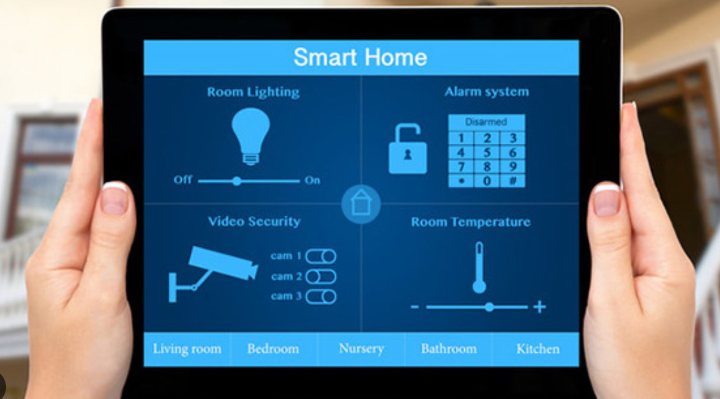
A smart security system, which may include smart locks, cameras, doorbells, and motion sensors, offers peace of mind by allowing you to monitor your home remotely. Devices like the Ring Video Doorbell or the Ar lo Pro camera system let you see who’s at your door or moving around your property, even when you’re not home. Smart locks can be controlled remotely, allowing you to lock or unlock your doors from anywhere, enhancing both convenience and security.
5. Smart Plugs and Outlets
Smart plugs and outlets are simple but powerful tools for making non-smart devices controllable via your smartphone or voice commands. By plugging in devices like lamps, fans, or coffee makers into a smart plug like the Belkin We-Mo or TP-Link Kasey, you can easily schedule operations or control them remotely, adding an extra layer of convenience to everyday tasks.
6. Smart Home Entertainment
The entertainment in your home can also be smart. Devices like the Amazon Fire Stick, Google Chrome cast, or Apple TV allow you to stream content from your devices directly to your television. Smart speakers can be connected to create a multi-room audio system, letting you enjoy music throughout your home. These devices not only enhance your entertainment experience but also integrate with other smart home systems for a seamless experience.
Implementing Your Smart Home
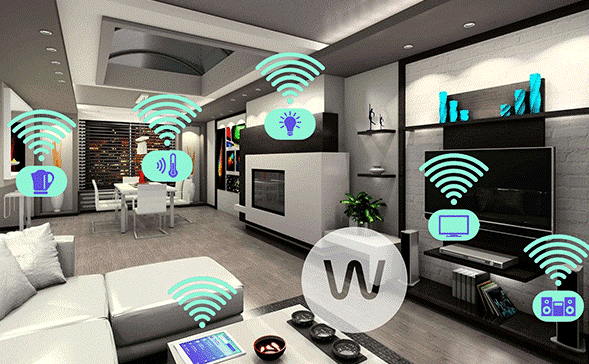
Starting your smart home transformation involves planning and investment. Begin with a central hub or speaker that you feel comfortable with and expand from there. It’s not necessary to purchase everything at once; you can gradually add devices as you become more familiar with the technology and identify your home’s specific needs.
Security and Privacy Considerations
As you connect more devices to your network, it’s crucial to consider the security and privacy of your smart home. Ensure that all your devices are updated with the latest firmware, use strong passwords, and consider a separate network for your smart home devices if possible. These steps will help protect your home from unauthorised access and ensure that your data remains private.
Conclusion
Embarking on the journey of creating a smart home can significantly enhance your living experience, making it more convenient, secure, and efficient. By starting with essential gadgets like smart hubs, lighting, thermostats, and security systems, you can create a foundation that allows for endless possibilities and customization. As technology continues to evolve, so too will the opportunities to make your home smarter and more responsive to your needs. Remember, the key to a successful smart home is to plan, start small, and gradually expand your ecosystem. Welcome to the future of living!

